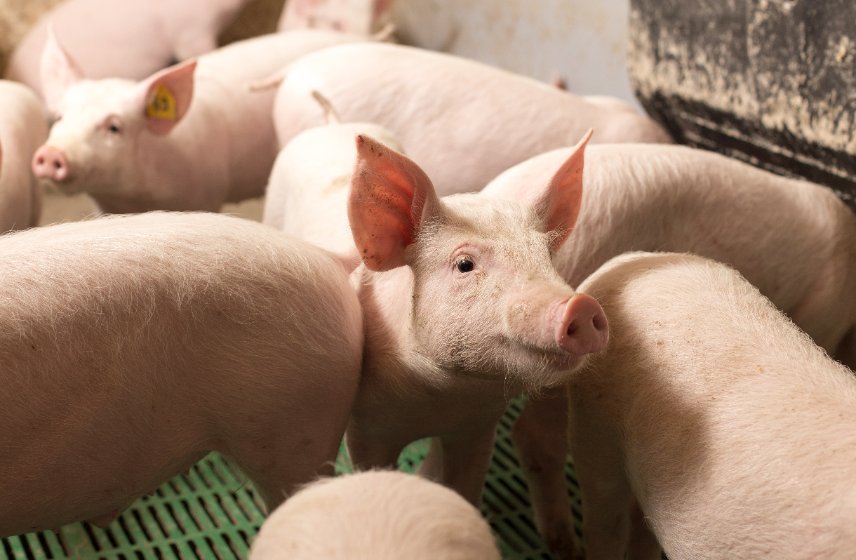
The UK pig sector reduced antibiotic use by 17% in 2021 despite farmers experiencing an extremely challenging year, new figures show.
It brings the total reduction since 2015 to 69%, according to data collected using the electronic medicine book (eMB), which represent 95% of UK pigs slaughtered.
Antibiotic use in 2021 stood at 87mg/PCU, compared with 105mg/PCU in 2020. The fall was possible despite issues such as the on-farm pig backlog and rising costs.
The result is also a step towards meeting the second set of targets developed by the RUMA Targets Task Force, of a 30% reduction in total antibiotic use by the end of 2024, based on data from 2020.
Grace Webster, chair of the Pig Health & Welfare Council Antimicrobial Use said: “This is another strong reduction in the use of antibiotics in the UK pig herd during what has been a very difficult year for pig producers.
"It reflects a positive attitude and hard work by our vets and farmers to ensure that good antibiotic stewardship is applied on our pig farms.”
Use of the highest priority critically important antibiotics (HP-CIA) remains at a very low level, with a slight decrease from 0.05mg/PCU to 0.03mg/PCU recorded in 2021. No Colistin use was reported in pigs in 2021.
HP-CIAs, as categorised by the European Medicines Agency (EMA), are the most important for human medical health and reductions in their use has been a focus for all UK farm animal sectors since stewardship efforts have stepped up.
The only class of antibiotic in which a reduction was not recorded is the aminoglycosides. Usage increased slightly, at 8.06mg/PCU in 2021, up from 7.89mg/PCU in 2020, continuing the trend noticed in the 2020 data.
Ms Webster added: “There are undoubtedly challenges to be addressed as the industry continues to adapt to the loss of zinc oxide to control post-weaning diarrhoea.
"This is reflected in a small increase in use of aminoglycosides, but we are reassured by a further reduction in the use of the highest priority critically important antibiotics.”
AHDB sector council chair, Mike Sheldon, commended the hard work of the industry: "For UK pig producers and their vets to have achieved this substantial reduction in the use of antimicrobials would have been an admirable achievement in any year.
"To achieve it in this last year, with all the well-known and daunting problems besetting farmers, is, frankly, incredible."
Data is submitted to the eMB, before being analysed by AHDB and shared with the Pig Veterinary Society (PVS), National Pig Association, Pig Health and Welfare Council, RUMA, Veterinary Medicines Directorate (VMD) and other stakeholders.
